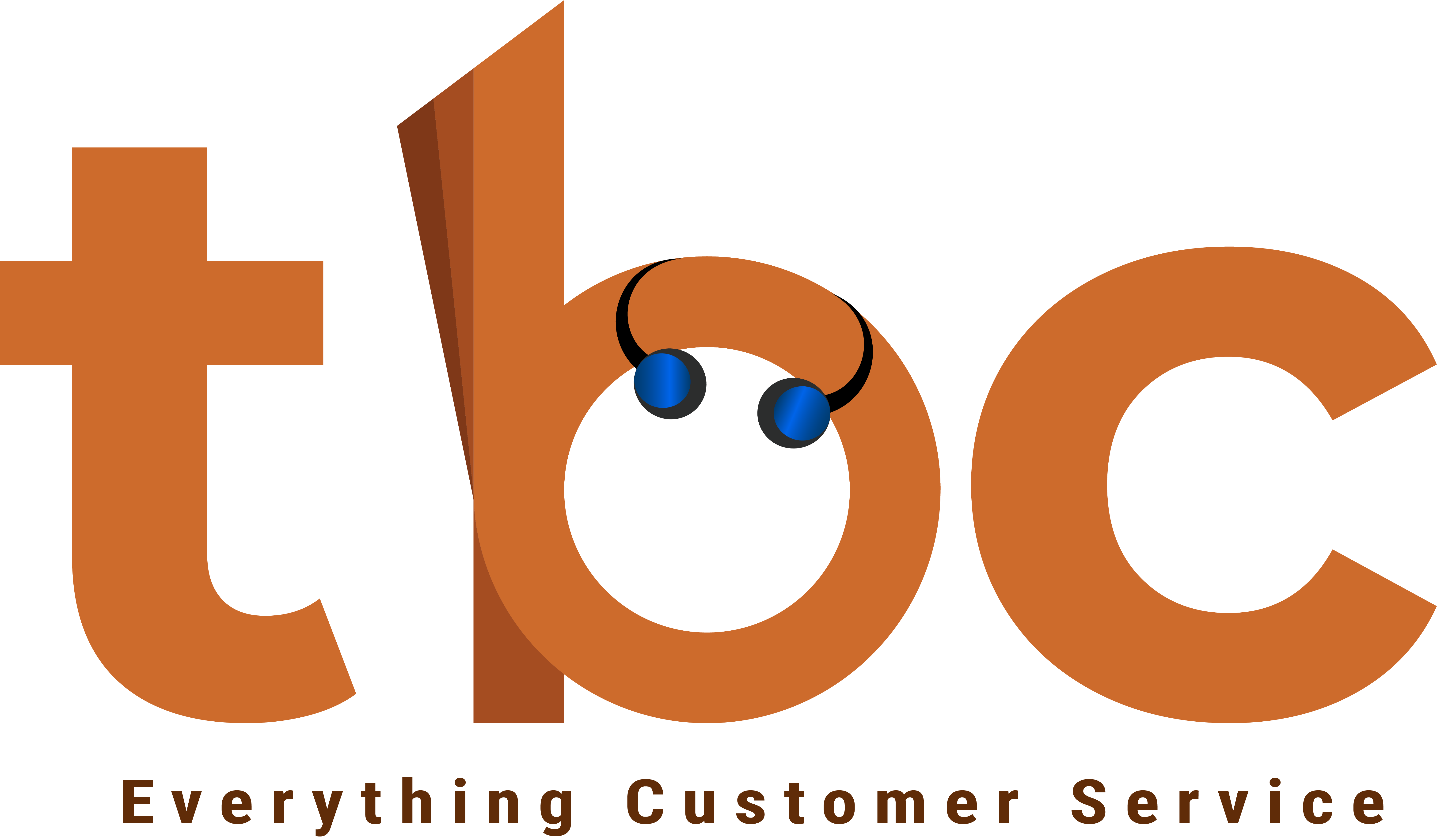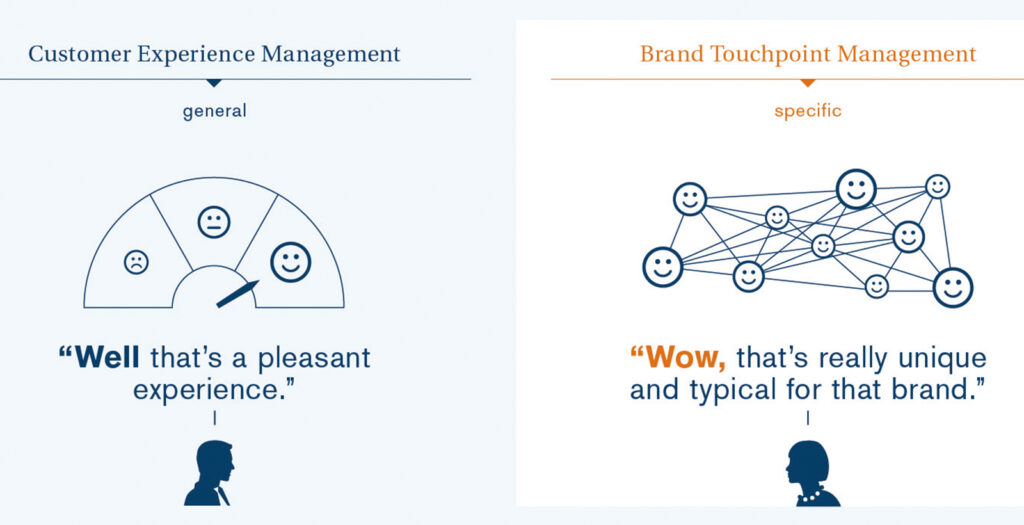As a brand, you can influence some of the touchpoints, and some are beyond your influence. I will take a moment to define what a touchpoint is.
Touchpoints are channels that your customers encounter or use to interact with your brand. This can include channels like email, website, chatbots, IVR, telephonic interactions, and social. Some of the touchpoints beyond your influence include online review sites and 3rd party websites where they write about your product.
Let us not worry about the touchpoints that are beyond your influence. Let us look at the touchpoints that you as a brand run and how effective they are.
Before getting there, why do you have so many touchpoints for people to interact with?
It is driven by the demography of the customers that you have. A sizeable percentage of your customers would prefer to reach you by email and phone, a portion of your customers is fine with self-service options of your chatbot, few are comfortable with websites, few prefer the social channels, while a few prefer talking only to a live agent.
Being available on a channel is the easiest part, but servicing customers through each channel is challenging. You will need to have the necessary infrastructure, workforce, and integrated systems.
This is where measuring the touchpoint effectiveness becomes essential. You can continue with the ones that are effective and drop those that aren’t.
But, how do you measure the effectiveness?
Some pointers that you can look at include:
- What percentage of your customers use a particular channel? Any channel used by <10% of your customers should be a red flag.
- What does it cost for you to run a channel? If the percentage of your total customer service experience is higher than the percentage of customers that use that channel, then that is a red flag
- How often are you able to resolve customer queries using a particular channel in the first instance? If >50% of the questions are resolved in the first instance in a specific channel, continue with it.
- Rate the customer questions on a scale of 1 to 10, with ten being the most critical. See if a touchpoint is effective in resolving critical questions. Any touchpoint that can resolve more than 60% of the critical questions is a key touchpoint.
- Device means to gather the voice of the customer, such as feedback forms, market surveys that help you understand how your current and prospective customers respond to your brand in each channel.
Your operational goal of having a touchpoint should be directly proportional to the customer experience effectiveness on that touchpoint. Anything that scores high here is a definite choice for you to continue serving your customers.




